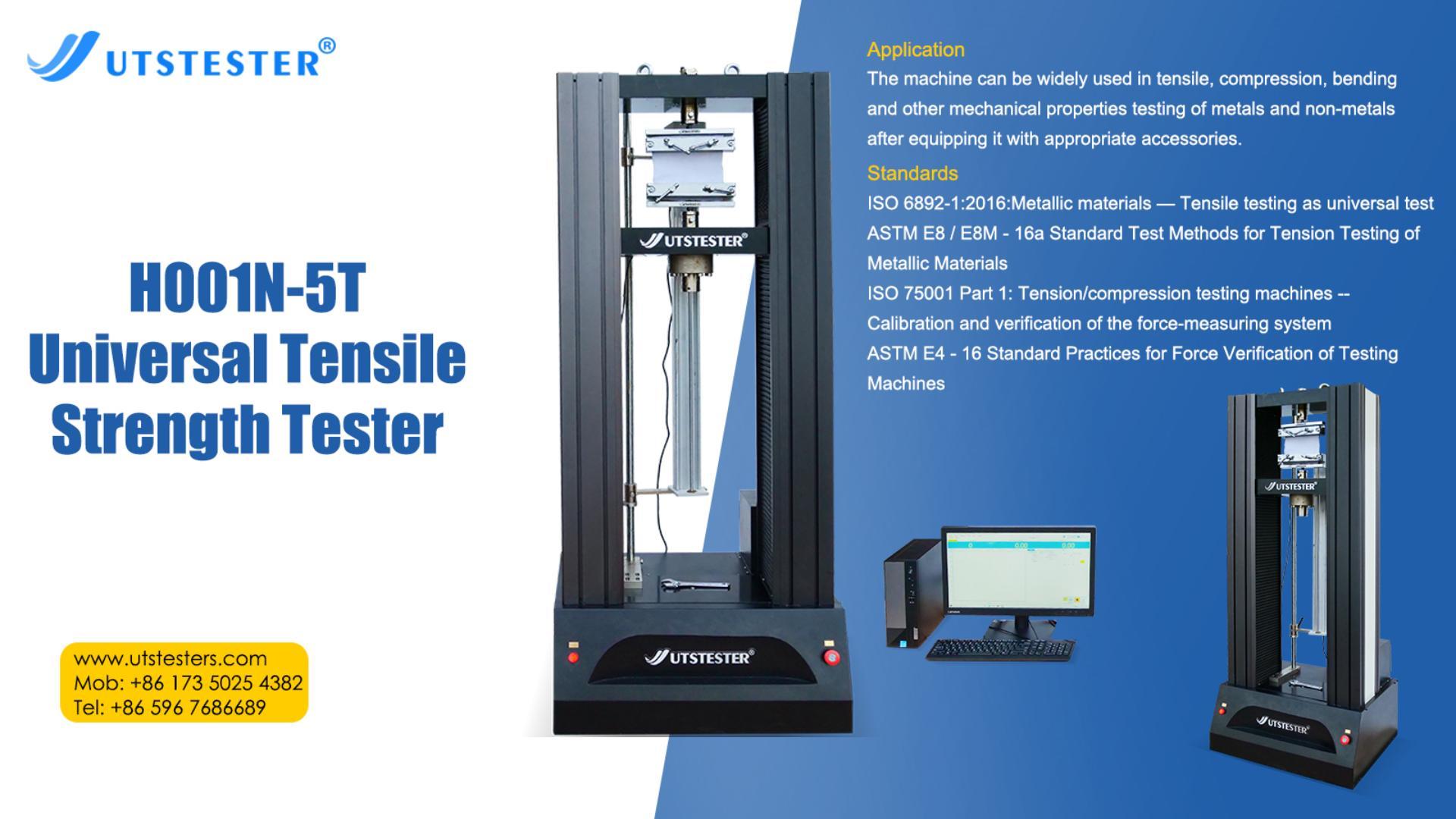 +86 152 6060 5085
+86 152 6060 5085
 +86 152 6060 5085
+86 152 6060 5085
Blog
Catalog
Latest Blog
1.Test Scope
Applicable to various types of sole materials, including rubber soles such as natural rubber and synthetic rubber-made sports soles, casual soles, etc.; plastic soles made of materials like polyethylene (PE), polypropylene (PP), polyvinyl chloride (PVC), etc., commonly used in various fashion shoes, sandals, etc.; polyurethane soles, which are widely used in high-end leather shoes and sports shoes due to their excellent wear resistance and elasticity; and composite soles made from multiple materials, such as rubber-polyurethane composites or fabric-rubber composites, whether for adult shoes or children's shoes, During quality inspection of newly produced soles, or during the evaluation of sole performance in shoe product R&D, as well as during market supervision spot checks, it is necessary to test the tensile strength of the soles to ensure they do not easily break during normal wear and use, thereby ensuring the quality and safety of shoe products.
2.What are the test items?
Horizontal tensile strength test of the sole, longitudinal tensile strength test of the sole, comparative tensile strength test of different parts, tensile strength change test of the sole material after aging, tensile strength determination of the sole after wear treatment, tensile strength test of the sole under different temperature conditions, tensile strength assessment of the connection between the sole and the upper, analysis of the effect of additives (such as fibers, fillers, etc.) on tensile strength, Tensile strength testing between multiple layers of the sole structure, study on the relationship between sole tensile strength and sole thickness, repeatability and reproducibility testing of sole tensile strength, tensile strength change testing of the sole under humid conditions, tensile strength testing of the sole after chemical corrosion, and deformation characteristic testing of the sole during the tensile process.
3.Testing Instruments
Tensile Testing Machine: Capable of precisely applying tensile force and measuring changes in force values during the stretching process of shoe soles, thereby determining tensile strength values; Constant Temperature and Humidity Test Chamber: Capable of adjusting and maintaining different temperature and humidity environments, used to test the tensile strength of shoe soles under special environmental conditions; Aging Test Chamber: Simulates the aging process of sole materials to assess changes in tensile strength after aging; Abrasion Tester: Subjects soles to simulated abrasion treatment and then measures their tensile strength; Microscope: Observes the microscopic structure of sole materials and their fracture patterns during tensile testing; Vernier caliper, used to measure the thickness and other dimensional parameters of shoe soles, assisting in studying their relationship with tensile strength; Electronic balance, used to weigh shoe sole samples to ensure consistency of test samples; Data acquisition system, used to record real-time force values, displacement, and other data from the tensile testing machine during the testing process, facilitating subsequent analysis.
4.Testing Methods and Standards
Testing methods typically begin by cutting a suitable-sized sample from the sole of the shoe product. A Vernier caliper is used to measure its thickness and other relevant dimensions, which are then recorded. The sample is secured in the clamps of a tensile testing machine, and parameters such as tensile speed and direction (transverse or longitudinal) are set according to testing requirements. The testing machine is then activated to perform the tensile test, while a data acquisition system records force and displacement data until the sample breaks. The tensile strength is then calculated using a formula. For tests under special conditions, such as aging, wear, or different temperature and humidity conditions, the sole samples must first be treated under the corresponding environmental conditions for a specified period of time before conducting the tensile strength test. The testing standards are based on relevant standards such as “Footwear - Whole Shoe Test Methods - Upper-Sole Adhesion Strength” (GB/T 21396 - 2008), These standards provide detailed specifications for sample preparation, testing environment, instrumentation requirements, testing procedures, criteria for determining the acceptability of test results, and reporting requirements for tensile strength testing of shoe soles. This ensures the accuracy, consistency, and reliability of test results, ensuring that the tensile strength of shoe soles meets the quality requirements for footwear products and providing consumers with reliable footwear products.

Email: hello@utstesters.com
Direct: + 86 152 6060 5085
Tel: +86-596-7686689
Web: www.utstesters.com